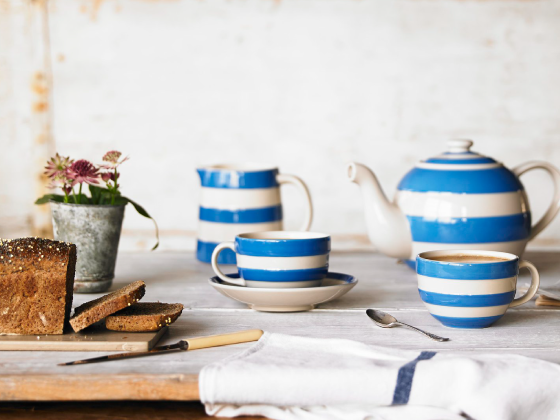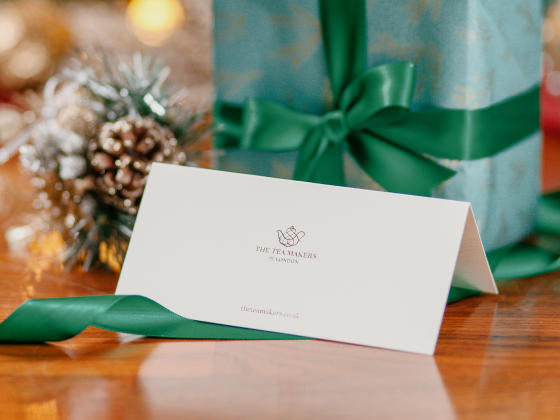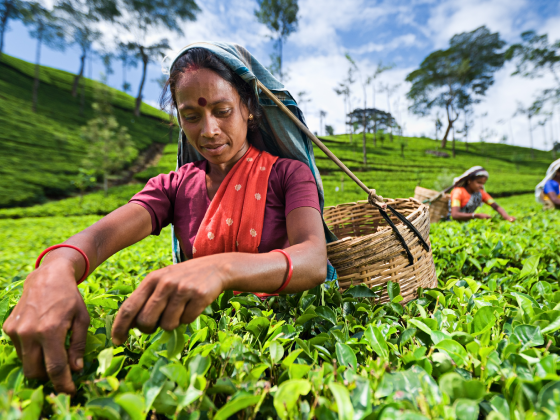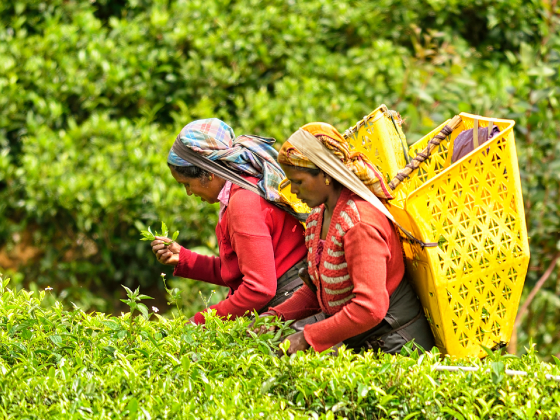Although Matcha has been around and consumed by the Japanese for centuries, it has in recent years gained popularity in the western world. This is mostly due to Matcha's abundance of health benefits, rich flavours, and versatility.
In Japan, Matcha is synonymous with ceremony, traditions and rituals, and therefore only the traditionally made highest quality is used in Japanese tea ceremonies, hence the term “ceremonial” is associated with Matcha.
Equally, producing ceremonial grade Matcha is accomplished by using ancient techniques and traditional methods.
Matcha is made from new tea leaves that have been carefully grown in the shade for 20-30 days before they are harvested.
Being under the thick shade cover, with very little sunlight, promotes higher production of chlorophyll, which gives the Matcha the vibrant green colour and increased levels of Theanine, which is the source of its sweet mellow taste and sweet aroma.
These leaves are carefully handpicked, steamed and dried; then grounded with a traditional stone mortar and pestle, called Hikiusu.
Unlike tea leaves, where one drinks an infusion made from the leaves, Matcha is consumed in its entirety, so you can directly ingest the whole beneficial constituents of Matcha. This is why Matcha is the healthiest tea that contains 150 times more antioxidants compared with your average cup of brewed tea.
The high concentration of Theanine, which is an amino acid in Matcha, aid alpha brain activity, and helps alertness which is ideal for mindfulness.
Meet our Matcha
In this article, we specifically aim to offer helpful information about different Matcha products we have on offer.
Whether you are ready to embark on the Matcha journey, looking to supplement a healthy lifestyle, test your culinary skills, or simply require a great tasting product, there is something here for everyone.
Our Matcha is sourced from Ise Bay region located in Mie Prefecture in the south-east region of Japan. The name Ise Bay derived its name from Grand Ise Shrine located in the region.
Ise region is the home to ancient tea pants first brought by Chinese monks and have been making teas for Emperors over 800 years. Although Ise Day is less commercial known for its teas, this region has been producing some of the best teas for centuries.
We have been working with this small family-owned farm for over 10 years.
A Complete Guide To Our Matcha
|
|
No.66 Organic Ceremonial Grade Matcha |
No. 58, Ceremonial Grade Matcha |
|
Which matcha should I buy? |
If you enjoy Matcha and looking for an organic grade, this is for you. It is the highest quality, packed with high levels of antioxidants, and is thick, creamy, silky and smooth. |
If you enjoy Matcha and looking for a superior grade, this is for you. It is the highest quality, packed with high levels of antioxidants, and is thick, creamy, silky and smooth. |
|
About the product |
This is a Ceremonial grade certified organic Matcha. This is the highest grade matcha we have on offer. This product has won coveted 2 stars at the Great Taste Awards. |
This is a Ceremonial grade. This is the highest grade matcha we have on offer. This product has won coveted 2 stars at the Great Taste Awards, and is one of the most popular product. |
|
Colour |
Vivid vibrant green powder |
Vibrant green powder |
|
Aroma |
Fresh spring grass, subtle ripe fruity and floral undertones. |
Fresh spring grass, subtle ripe fruity and floral undertones. |
|
Taste |
Elevated Creamy, silky smooth and mellow. No bitterness and no astringent character to note. |
Creamy, silky smooth and mellow. No bitterness and no astringent character to note. |
What's the difference between Ceremonial grades and Culinary?
Ceremonial grade Matcha is used primarily in Japanese tea ceremonies and it is made with the highest quality leaf covered in shade for a prolonged period of time, which enhance the creamy, silky smooth texture and taste.
Alternatively, the culinary grade is made with a leaf which is not as refined as the leaf used in ceremonial grade, and usually is a mixture of different quality. As a result, the culinary grade lacks smoothness.
Why there are different grades of Matcha?
Quality of raw material is the fundamental determining factor when it comes to grading of tea. This is followed by the cultivar, regions, time of harvest, harvesting methods (hand-picking vs machine) and processing technique which all play a part in grading.
Matcha is no different, in order to the benchmark, a vivid green, with freshly spring grassy aroma with creamy smooth texture and taste without any bitterness is generally considered as good quality matcha.
How do I drink it?
Matcha could be consumed on its own as a “shot” 60ml-80ml, a thick creamy drink or with added milk. Or use a non-dairy milk alternative.
How do I prepare Matcha
Preparation of Matcha in a traditional Japanese setting involves lot of rituals and formalities and usually this is also a way of relaxation. However, matcha making does not have to be long and arduous process.
- Traditional – measure 1g-1.5g of Matcha and place it into a Matcha bowl. Add a small amount of water and start whisking it with a traditional bamboo whisk. Gradually add rest of the water and continue to whisk until the texture become think and creamy.
- Quicker Techniques – Small handheld electric whisk works well too.
- Matcha in a Minute – Empty our 1.5g Matcha stick (sachet) into your water bottle. Add the right amount of water, preferable 80°C and shake well for 30-40sec. Matcha is ready to drink.










1 comment
Matchasamurai
Thank you for this informative blog. You almost cover everything I was looking for
Thank you for this informative blog. You almost cover everything I was looking for